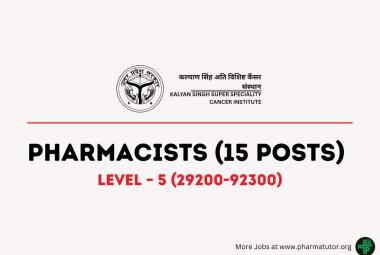Editorial, Feb 2015 issue
“ Getting access for patented formulation or molecule by poor patients is a bigger healthcare challenge. As we are aware that developing a new molecule cost in billions to pharmaceutical companies and it takes at least 12 years to reach the milestone.
[adsense:336x280:8701650588]
Though lots of development occurred in India for last 10 years, but still many people cannot bear cost of private hospitals. Healthcare costs are required to monitor for public interest. The main objective for drugs price control order (DPCO) 2013 was focused on same. Generally doctors prescribe medicines of higher brands from pharma giants. Obviously those medicines are of higher quality but it is costing at premium prize. Due to that premium prize, some sagacious patients may replace doctor’s prescriptions with some generic of lower costs. As Endeavour for reaching cheaper medicines to the poor, health ministry took various important steps like jan aushadhi stores, pharmaceuticals purchase policy including DPCO 2013.
Health ministry came out with a decision to bring 348 drugs covering around 652 formulations under DPCO 2013 which is almost five times higher than last DPCO 1995 covering only 74 drugs. As per the provisions of DPCO 2013 prices are now being fixed based on the average Price to the Retailer (PTR) of the medicine having market share more than or equal to one percent of the total market turnover adding 16% margin to retailer thereto. All the previous price control orders were based on cost to manufacturers with post manufacturing expenses.
[adsense:468x15:2204050025]
FROM PATIENT’s POINT OF VIEW
For poor patients, it is of great advantage as it satisfies their right to health. Life saving drugs which patients have to take life time should come under price control scanning. These medicines are required as therapy for life threating diseases like cancer or diabetes and price control of such essential medicines is the first need of healthcare for any country.
Recently on 22 September 2014, as per directions received from the Government,the National Pharmaceuticals Pricing Authority (NPPA) notified to withdraw the internal guidelines issued by them under Paragraph 19 of the DPCO, 2013.As per certain reports, prices of 108 cardiovascular and anti-diabetes drugs are increased erratically after withdrawal of an order by the NPPA which caught attention of the National Human Rights Commission and they issued notices to the Secretary, Department of Pharmaceuticals, Union Ministry of Chemicals and Fertilizers and the NPPA to submit their reports. Price withdrawal order by NPPA may amount to violation/denial of right to health to poor and marginalized citizens of the country.
Getting access for patented formulation or molecule by poor patients is again bigger healthcare challenge. As we are aware that developing a new molecule cost in billions to pharmaceutical companies and it takes at least 12 years to reach the milestone.
It is always difficult for government to draw a line on pricing of patented products.
FROM INDUSTRY’s POINT OF VIEW
Any industry or company always work for profit because bigger companies have to take care of its stake holders, employees, government policies and rankings and other issues. So companies are worried about their cut down in profit margin due to government policies.
Though low cost generic medicines are need of society, it is causing damage to already established brands. Already in India, pharmaceutical companies have to fight for every prescription from physicians and such rules are splintering their business.
After DPCO, 2013 multinational pharma companies from US & UK reduced the investment in India which directly affected the country’s economy. Below chart of new drug approval is mentioned which shows continuously reduction.

In early 2000, world seen India as clinical research and during 2005-2010 India became their clinical research hub. After 2010, many issues were raised on clinical trials which lead to reduce in approvals and closure of trials. During 2012-13 price control is came in force which reduced the numbers of approvals. A new drug approval is an important factor for company as well as patients. Now India is less favorite market place for pharma companies which can be clearly indicated from above chart.
J P Nadda rightly stated in vibrant Gujarat Health Summit 2015 that any research in the field of medicine, whether it be in the area of medical equipments and devices, drugs or even in best practices and systems change, needs to have people at its centre. Innovation can be complete and meaningful only when it benefits the last person in the delivery chain, and those who are most vulnerable and needy.
Regulation is required for sure but we cannot afford to lose above aspects. There is a need for Government to roll out with new policies and rules which can provide win-win situation for both companies and patients. Government may increase its own plant which can increase productivity and affordable drugs to reach poor population. They may offer subsidies to companies and put their sight on production and marketing costs before developing new policies. They may start public funding in research & development and support clinical trials which can reduce the cost of new or patented drugs in country.
- Rajesh Vagh









